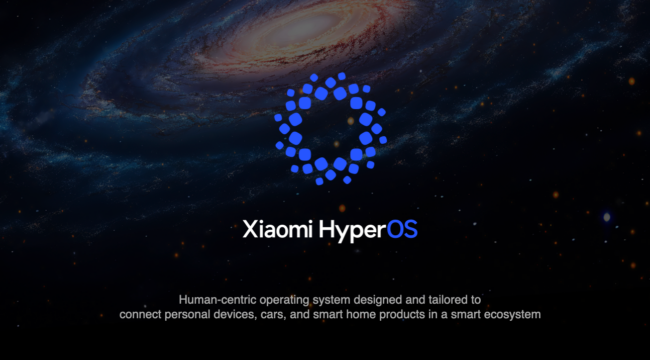
Xiaomi India has announced the roll-out details for the Xiaomi HyperOS – a human-centric operating system, designed for connected personal devices. Xiaomi HyperOS is the largest reconstruction of Xiaomi’s OS subsystem. Its aim is to unify all ecosystem devices into a single, integrated system framework, deliver peak device performance, and ensure consistent user experience, to facilitate seamless connectivity across all devices.
The core of Xiaomi HyperOS also includes the self-developed Xiaomi Vela system. Its exceptional compatibility and precise system resource management capabilities enable every device to deliver ideal performance.
Xiaomi HyperOS improves overall performance through 3 key approaches:
1. Comprehensive Refactoring
Xiaomi HyperOS is engineered for performance optimization with industry-leading kernel performance with faster processing speeds and minimal scheduling delays. By prioritizing system-level optimization to ensure maximum performance across all devices, Xiaomi HyperOS supports 200+ processor platforms, 20+ file systems, and 200+ hardware categories across smartphones, homes and car.
2. Cross-Device Intelligent Connectivity
Interconnectivity is at the core of HyperOS. It facilitates more convenient and efficient cross-device connections, enabling seamless data syncing and file sharing between devices.
3. Proactive Intelligence
With active intelligence embedded into Xiaomi HyperOS, users benefit from personalized recommendations and assistance tailored to their needs. Our AI algorithms ensure that users have access to the information and services they need when they need them.
Key UI features of the Xiaomi HyperOS:
1. Alive Design Philosophy
From all-new lockscreens to redesigned icons and a Vitality Color System drawing inspiration from vibrant life colors, Xiaomi HyperOS brings significant enhancement to the phone’s visual appeal. The new UI font – Mi Sans, is supported across 600 languages, 20 writing systems, and over 100,000 glyphs, ensuring a visually captivating and functionally stable experience.
2. Redesigned icons and attention to detail
With an all-new lock screen with multiple personalization options, users can choose between Classic, Rhombus, and Magazine effects, each offering thousands of combinations, or add depth with options to customize wallpapers, font text, date, and time style. System Apps has also been redesigned with softer, textured interfaces, making them easy on the eye and adding character.
3. Xiaomi’s HyperConnect
Xiaomi’s HyperConnect introduces groundbreaking features that promise to transform collaboration and productivity across devices. Among the standout features are HomeScreen+, offering direct screen mirroring for a more immersive experience, and shared Clipboard, streamlining cross-device copying and pasting. The integration of the phone camera with the Notes app and the introduction of Productivity Mode further underscore Xiaomi’s commitment to redefining the way users collaborate and boost productivity.
With the Xiaomi Smart Hub, up to 7 devices can collaborate simultaneously, including earphones, tablets, smart lights, speakers and much more.
4. Gallery AI
The advanced AI features in Xiaomi’s Gallery app, ensure fast and efficient photo editing while prioritizing user privacy. From AI Removal to AI Portrait and Generative AI Part, Xiaomi’s Gallery app empowers users to unleash their creativity. Gallery AI will be rolled out on select Xiaomi devices soon.
Xiaomi HyperOS roll-out schedule:
| Released | March 2024 | Q2, 2024 |
| Xiaomi 13 Pro Xiaomi Pad 6 Redmi 12 5G Redmi 12C Redmi 11 Prime Redmi Pad | Xiaomi 12 Pro Redmi Note 13 Pro + Redmi Note 13 Pro Redmi Note 13 Redmi Note 12 Pro + Redmi Note 12 Pro Redmi Note 12 | Xiaomi 11 Ultra Xiaomi 11T Pro Mi 11X Xiaomi 11i HyperCharge Xiaomi 11 Lite Xiaomi 11i Mi 10 Xiaomi Pad 5 Redmi 13C Series Redmi 12 Redmi Note 11 Series Redmi 11 Prime 5G Redmi K50i |



















